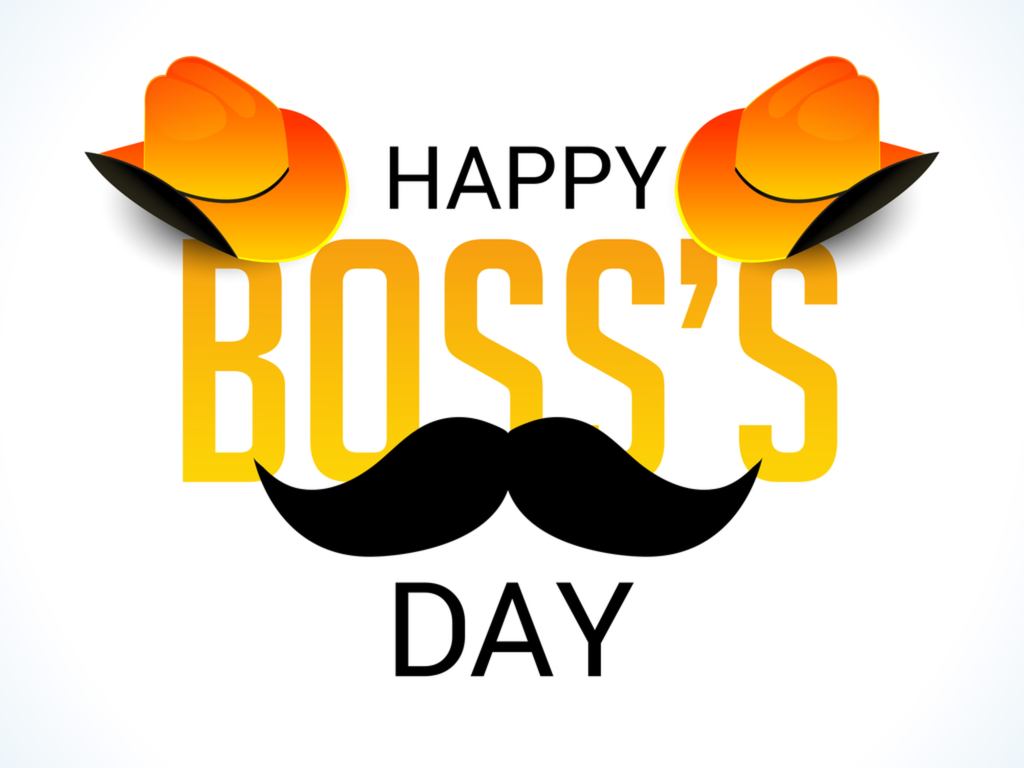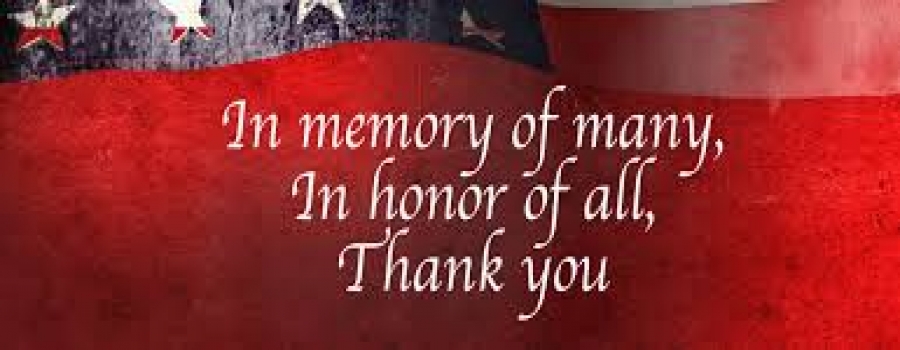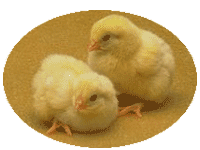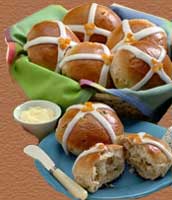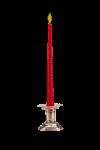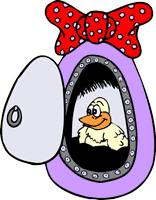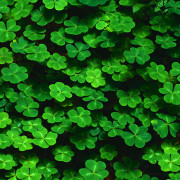While St. Patrick’s Day may not make the list of major holidays, that doesn’t mean it isn’t a fun chance for your kids to experience a little extra magic. Think back to your own childhood– don’t you remember trying to catch leprechauns?
Kids love the chance to make believe and a day filled with leprechauns, rainbows, and pots of gold is no exception. Give them something to look forward to by adding your own family traditions to the mix.
Whether you choose to make crafts or to chase magical miniature people, your kids will love the chance to have a day out of the ordinary.
Science for kids ages 2 and up.
We love fun kids’ science and this easy activity is one of our favorites. With just a few common household ingredients like dish soap and honey, little scientists can actually pour a rainbow in a jar. There’s no need for any leprechaun magic – just 100% kid-friendly science.
P.S. Looking for some easy ways to add super cool, hands-on science to your classroom or home? Hop over and grab our super cool science kit!

Getting Ready
This project requires quite a few supplies but most of them are probably things you already have in your pantry.

To get ready for the science activity, I grabbed my materials:
- A tall, see-through container (I used a clean mason jar.)
- Honey
- Light corn syrup
- Dish soap (either blue like Dawn or green like Palmolive)
- Olive oil
- Rubbing alcohol
- Water
- Food coloring
- A dropper
I also grabbed two identical containers and some marbles so that I could give my son a brief explanation about density.
The Science Behind It
As always, my son was really excited when I told him we were going to do some kids’ science. Before we jumped into the project though, I wanted him to understand what was about to happen, so I decided to introduce him to the concept of density first.
I explained that different liquids have different weights.
“Everything is made up of teeny tiny things called molecules,” I said. “Some of these liquids have a lot of molecules in them and some of them have only a few.”
I showed him two containers that were the same size. One had a bunch of marbles in it, one only had six.

I had my son hold the two containers and asked him which one was heavier.
“The one with more marbles,” he said. I explained that it was the same with our liquids — the ones with more “marbles” {molecules} were heavier and would stay at the bottom of the jar.

Pour a Rainbow in a Jar
Now it was time to make our rainbow!! First, my son poured in the honey, being sure to pour it into the middle of our container. He was careful not to let it touch the sides.
Next, he poured in the corn syrup. (We’d colored it purple using the food coloring.) Again, my son poured it into the middle of the container, not touching the sides.
The dish soap came next.

We poured in regular water that we colored blue. (If you’re using blue dish soap, obviously color your water something different. Again, in the middle, in the middle!)
The olive oil went in next. Do you know what I’m going to say? That’s right, we poured it in the middle! Also, I recommend pouring a fairly thick layer of oil – it will come in handy for the next step.
Last but not least was the rubbing alcohol. We colored it red – that in itself is a cool peek at different densities because the food coloring just sits at the bottom of the alcohol when you first drop it in.

BUT WAIT! DON’T POUR IT IN THE MIDDLE!
This is where the dropper comes in. If you pour the alcohol straight in, it’ll probably pick up the blue food coloring you used in the water and your rainbow will be ruined.
We found the best way to add it was dropping the alcohol along the side of the container using a dropper. The key was not “breaking through” the oil layer into the blue water layer beneath it – that’s why I suggested putting a thick layer of oil.

Our rainbow was done! We held it up carefully to the light, making sure not to shake it, and admired our beautiful creation.

